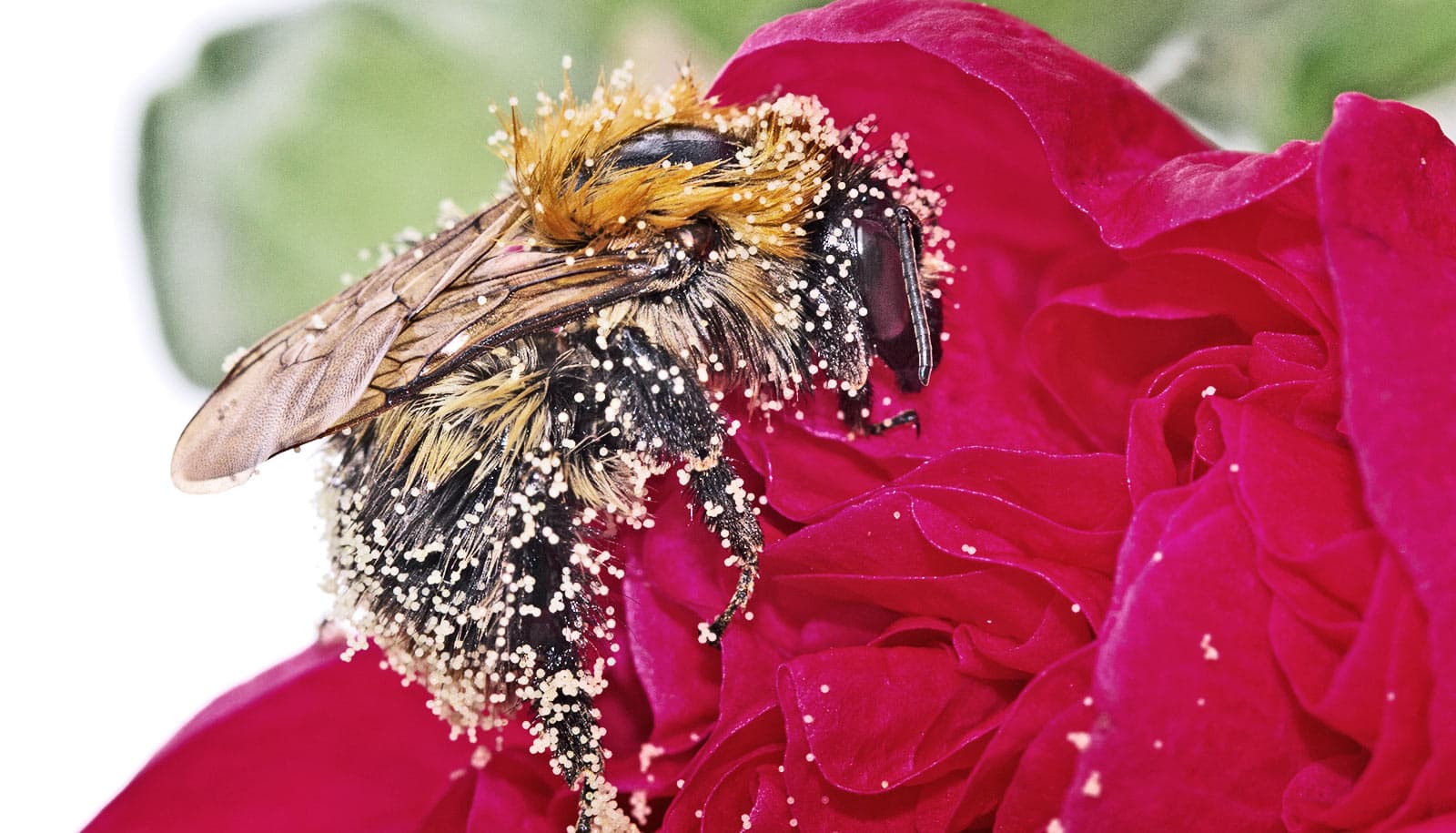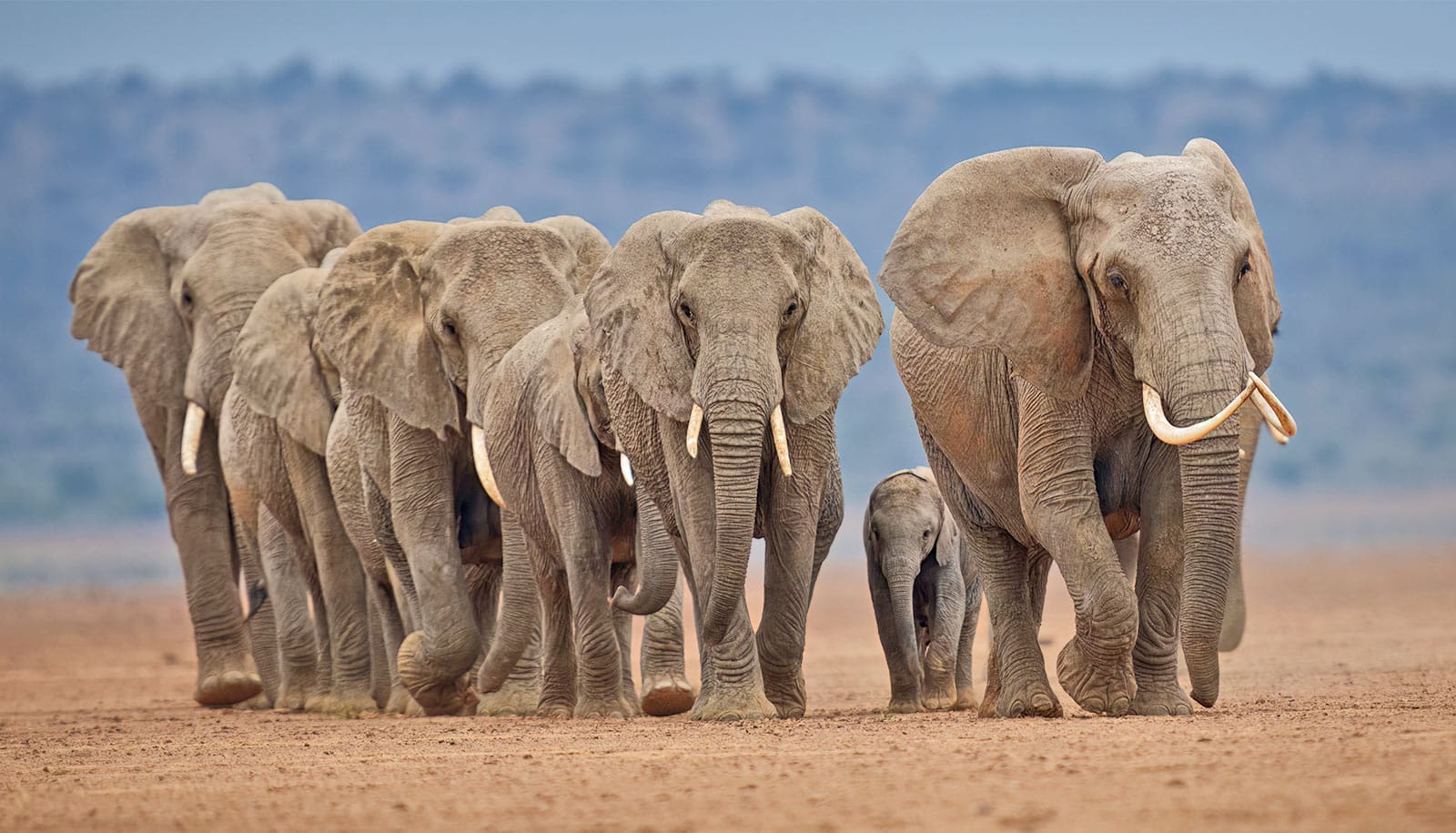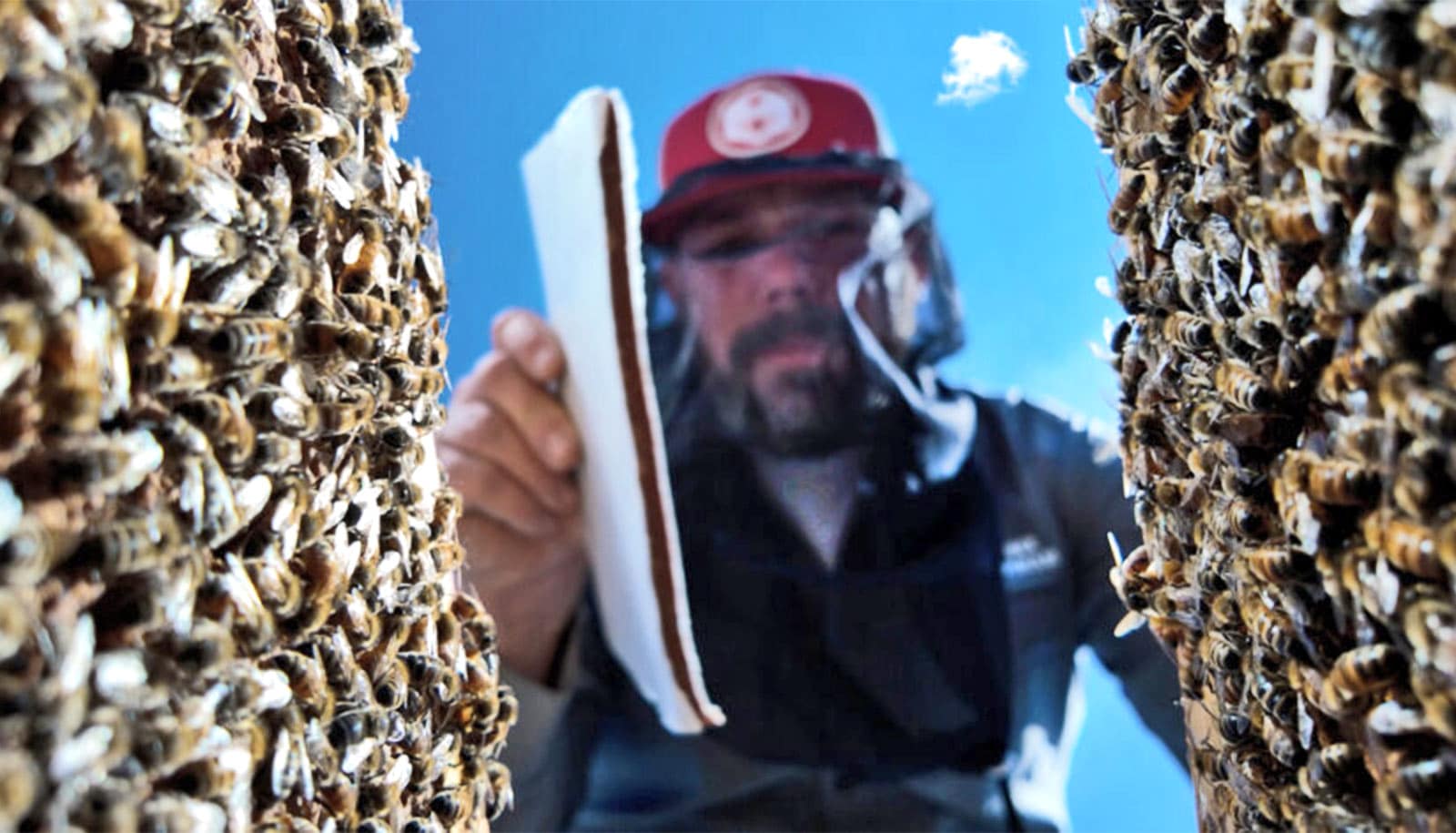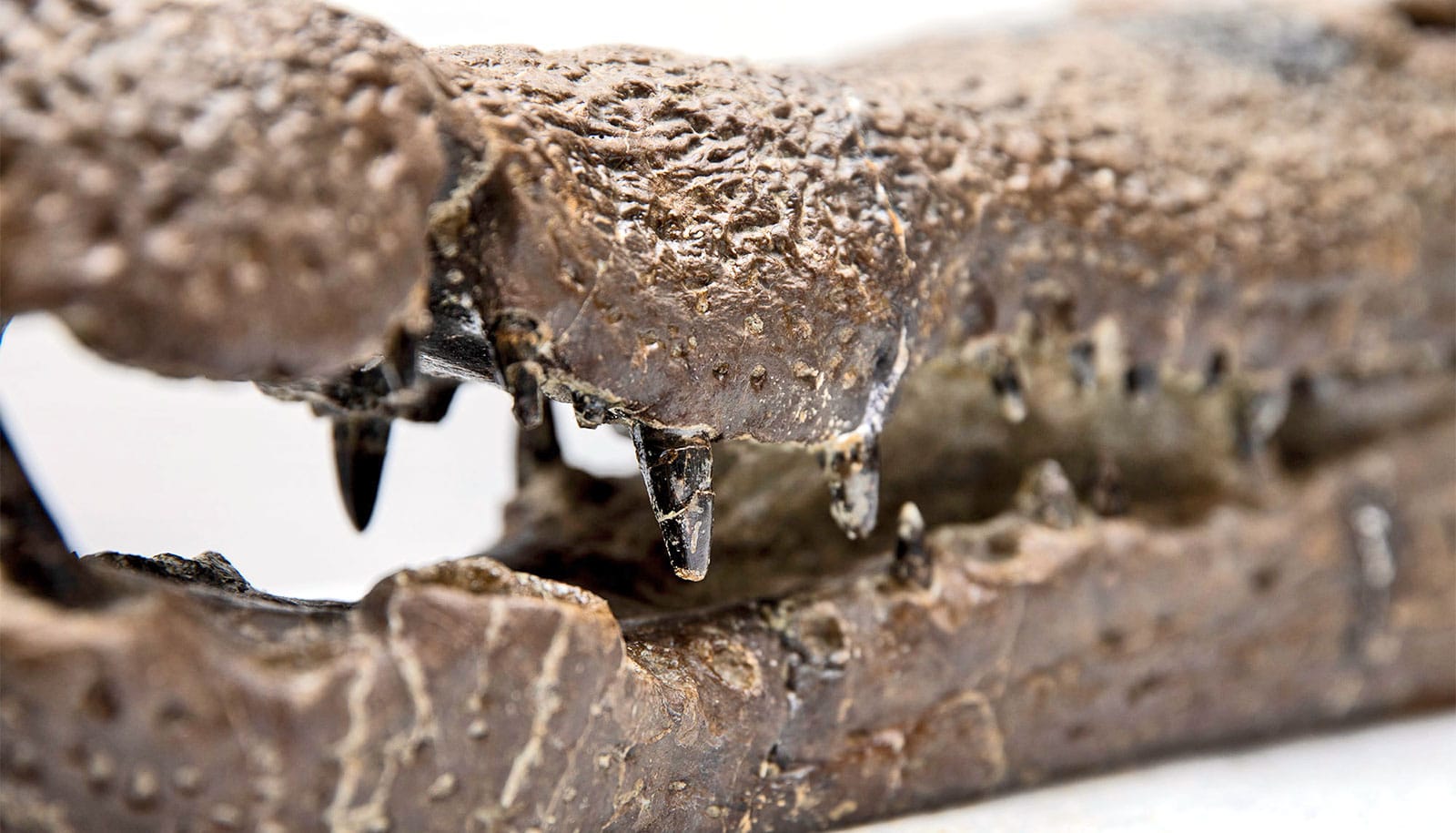Using powerful software tools, researchers have clarified the evolutionary history of bees using vibrations to shake pollen loose from certain flowers.
More than 22,000 species, or about 6 percent of the world’s flowering plants, depend primarily on floral sonicating bees—that is, bees that use vibration to collect pollen stored inside the anthers of certain types of plants, including agricultural crops such as blueberries, eggplants, and tomatoes.
The bees’ flight muscles create the buzz as they decouple their wings and shiver, sending vibrations down into the anther they are perched on.
Co-evolution and diversification
In an example of co-evolution, one of the few ways for the pollen to escape from these plants, known as poricidal plants, is to be shaken loose through tiny holes at the anther’s tip—a job that sonicating bees are perfectly designed to perform.
“I’d long thought sonication was learned behavior, but experiments… showed the behavior is instinctive,” says Stephen L. Buchmann, a research associate in the University of Arizona’s ecology and evolutionary biology department. “Bees do learn and get better at it over time, but we believe there are odors in the flower that prompt the behavior.”
Teaming with lead author Sophie Cardinal, a scientist from the Canadian National Collection of Insects, Agriculture and Agri-Food in Ottawa, allowed Buchman the opportunity to use sophisticated mapping software to analyze the evolution of sonicating bees.
The team also wanted to test a hypothesis: that the ability to sonicate and, therefore, pollinate a wider variety of plants than non-sonicating bees led to more diversification among sonicating bees.
376 million generations
“Without Sophie’s software, we wouldn’t have been able to analyze all the data,” Buchmann says. To create a time-calibrated phylogeny revealing the sonicating bee’s evolutionary history, the team first did an extensive phylogenetic analysis.
Cardinal’s software performed eight independent analyses encompassing more than 376 million generations based on seven gene fragments from 389 bee species representing more than 55 percent of living bee species.
“Most phylogenetic reconstructions aren’t time calibrated,” Buchmann says. “But we wanted to know more than just how many times the tree had branched. We wanted to know when it had branched.”
Using fossil bee taxa for which stratigraphic information was known, the software churned through seven analyses for a total of 513 million generations. Combining the software output with an extensive literature search and information researchers gathered from the unpublished work of other bee experts, the group discovered that floral sonication behavior evolved independently at least 45 times since the common ancestor of bees first appeared in the early Cretaceous period, approximately 100 million years ago.
Evolution is not a steady march, however, and the study also revealed an average of 66 reversals, in which the adaptation disappeared and bees returned to non-sonicating behavior.
“Because the adaptation appeared so often, we believe it may be easy to evolve and may be easily co-opted from existing buzzing behavior,” Buchmann says. “But buzzing takes energy, and the behavior may disappear when the cost of buzzing becomes too high or if the bee develops an alternative way to gather pollen from poricidal plants.”
Here’s how bumble bees pick the healthiest pollen
Some bees drum the anthers to extract the pollen, and some even bite them and “milk” the pollen out. The competition for pollen is intense, and sonication lets a bee not only be more efficient but also to gather pollen from more diverse flowering plants.
Thanks to greater access to a larger variety of flowering plants, the team predicted that floral sonicating bee taxa would be more highly diversified. Indeed, the study showed that although sonication exists in only 15 percent of bee genera, those genera represent more than 58 percent of known species.
The results of the study suggest that an evolutionary dance between flowering plants and bees has played out over the millennia. As plants develop ways to conceal pollen, bees develop ways to extract it.
Buchman says he will now focus his attention on flower evolution.
“I want to look at the 540 genera of poricidal plants and map them onto a phylogeny of angiosperms, the flowering plants that produce seeds,” he says.
To gather pollen, bees scrabble or buzz
“The goal is to create a timeline for the evolution of these plants and compare it to the bees’ evolutionary timeline, then use GPS to plot the biogeographic regions around the globe. If we can do that, we can get a real sense of when, where and how these flowering plants and buzzing bees co-evolved.”
The study appears in the journal Evolution.
Source: University of Arizona



